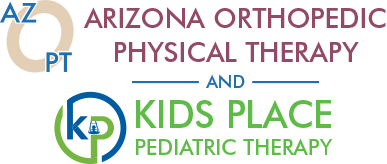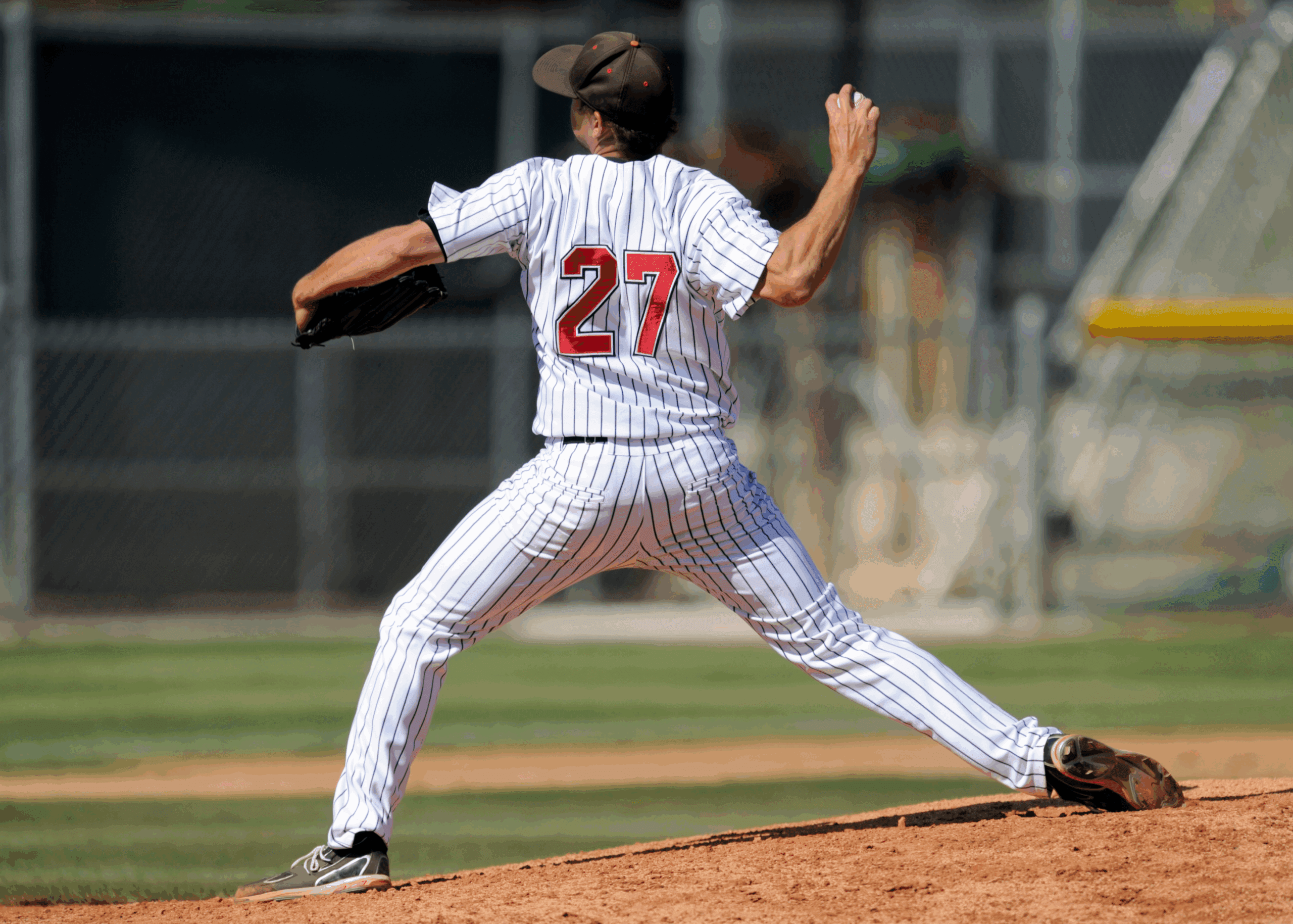The Pitcher’s Shoulder: Common Injuries and How Physical Therapy Can Help
Who doesn’t like baseball? The distinct sound of the bat hitting the ball just right. The smell of hot dogs and popcorn. The joyful noise kids make when they see their favorite players. Baseball is America’s pastime, which is why most of our kids will play some form of baseball and learn how to throw. While most kids are not destined to be professionals, learning the correct throwing motion can help us understand the risks for potential shoulder injuries—and even help prevent the need for major surgery.
The Phases of a Baseball Pitch
A baseball pitch has several phases: the wind-up, the stride, arm cocking, arm acceleration, arm deceleration, and follow-through. Each phase transfers energy through the body to the hand and ultimately to the baseball for a strong, accurate throw. With proper form and power, a great pitch can help win the game for the team.
Common Shoulder Injuries in Pitchers
Even professional athletes cannot escape the risk of a shoulder injury—especially pitchers. Common injuries include rotator cuff strains or tears, labral tears, and shoulder impingement. More severe injuries can include ulnar collateral ligament (UCL) tears, which may lead to the well-known Tommy John surgery. A pitcher’s ability to return to the game depends on the severity of the injury, the need for surgery, and how the shoulder responds to treatment.
What Increases the Risk of Injury?
Certain factors increase the risk of pitching injuries, including throwing while fatigued and using improper mechanics. The shoulder relies heavily on muscles for stability, unlike other joints in the body. These stabilizing muscles, called the rotator cuff, are located in the upper back. When they are fatigued, they cannot stabilize the shoulder during a pitch, which increases injury risk. Improper mechanics also place extra stress on certain muscles, leading to overuse.
How Physical Therapy Helps Pitchers
Physical therapy can help an injured shoulder get back in the game. Pitchers need flexibility, muscle strength and stability, coordination, and neuromuscular efficiency to transfer energy from the legs to the arm for proper throwing mechanics. Unlike non-pitchers, pitchers require a specific range of motion in shoulder rotation to throw well. PT helps achieve and maintain that range.
A good program will focus on the rotator cuff—the main stabilizers of the shoulder—through strengthening and stabilization exercises. These often include proprioception drills, dynamic stabilization training, and perturbation activities. In addition to the required range of motion, posture and whole-body form are essential. A strong pitch involves the entire body, not just the shoulder, with 60–70% of the throw’s power coming from the core and legs.
Arizona Orthopedic Physical Therapy has 5 physical therapy clinics in Arizona ready to help. Don’t wait until a small ache becomes a major injury. Click here to request an evaluation.







